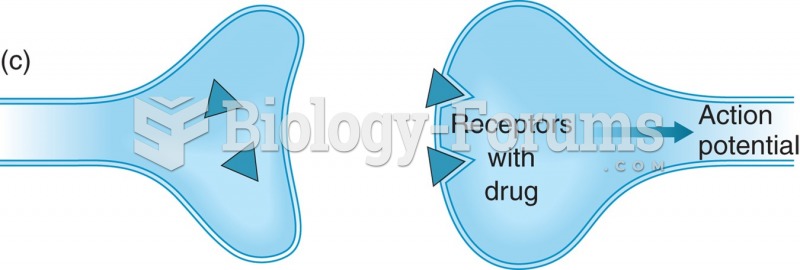|
|
|
The Romans did not use numerals to indicate fractions but instead used words to indicate parts of a whole.
About one in five American adults and teenagers have had a genital herpes infection—and most of them don't know it. People with genital herpes have at least twice the risk of becoming infected with HIV if exposed to it than those people who do not have genital herpes.
Green tea is able to stop the scent of garlic or onion from causing bad breath.
Bacteria have been found alive in a lake buried one half mile under ice in Antarctica.
Nearly all drugs pass into human breast milk. How often a drug is taken influences the amount of drug that will pass into the milk. Medications taken 30 to 60 minutes before breastfeeding are likely to be at peak blood levels when the baby is nursing.







